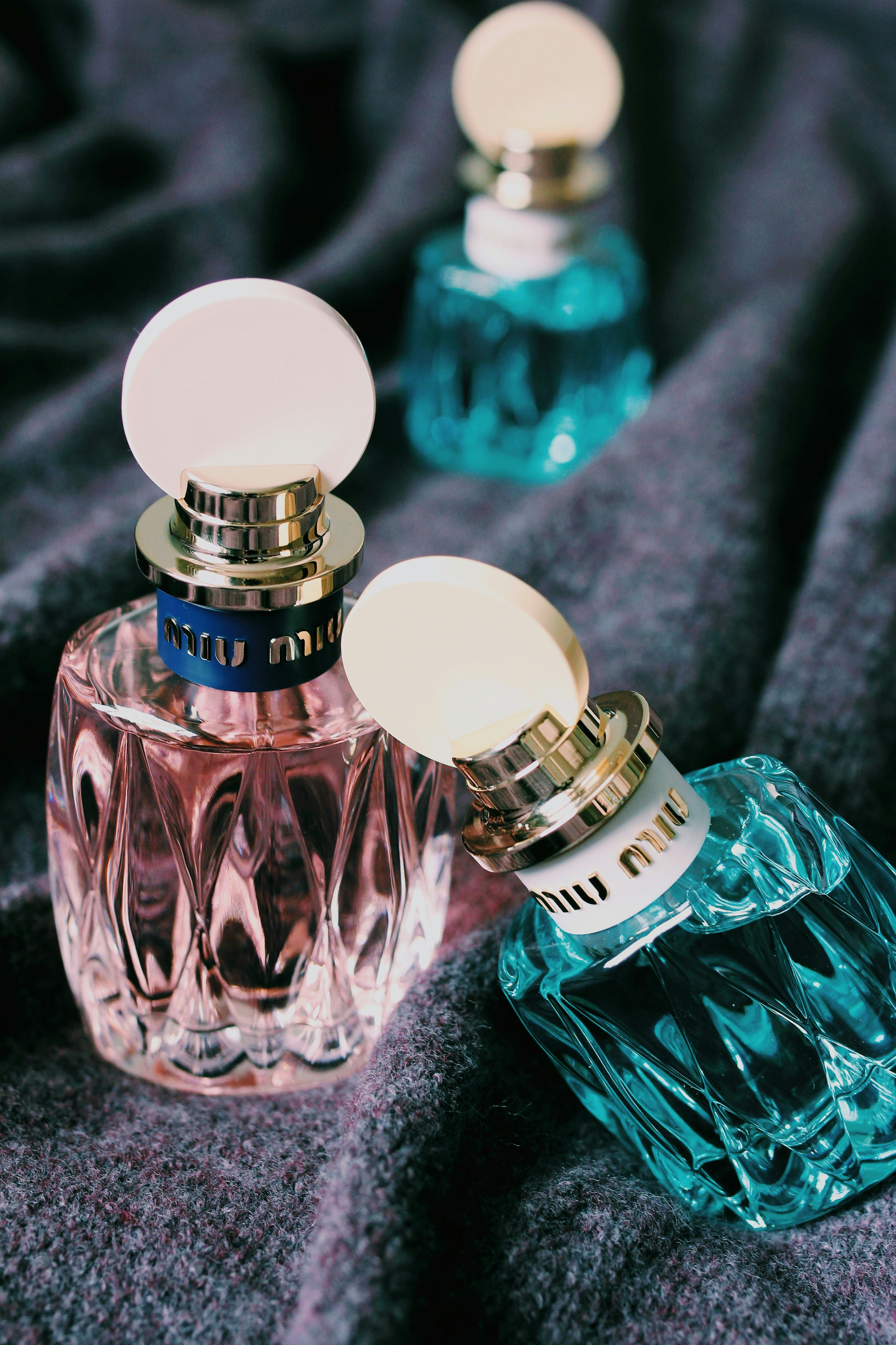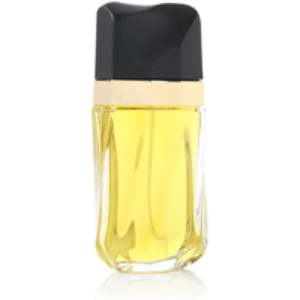
Exploring the Most Popular Perfume Brands and Their Signature Scents
Introduction to Perfume Popularity
The world of perfumes is a captivating realm where scents evoke emotions, memories, and identities. Perfume popularity has burgeoned over the years, with various brands managing to carve a niche based on factors that range from historical significance to celebrity endorsements. Understanding these elements allows for deeper insight into why certain perfume brands become industry leaders and are preferred by consumers worldwide.
Historical significance plays a pivotal role in shaping a brand’s image. Many of the most revered perfume houses have a rich heritage, often dating back centuries. These brands have meticulously crafted fragrances that have withstood the test of time, often inspired by past cultural movements or milestones. As a result, certain perfumes have become synonymous with specific eras, enriching their allure and contributing to ongoing demand. This historical backdrop provides a framework in which consumers can relate to the scents, creating a loyal following that spans generations.
Additionally, celebrity endorsements have increasingly influenced consumer choices in the perfume market. When well-known figures align themselves with a fragrance, it can elevate that scent’s status, making it more desirable among fans. The power of celebrity in appealing to aspirational purchasing often drives the popularity of a particular perfume, transforming it from a simple product to a statement of lifestyle and identity. This phenomenon incorporates not only endorsements but also social media influencers, who have gained significant traction in recent years.
Finally, the composition and uniqueness of a fragrance profile play a crucial role in its reception among consumers. Perfumes that offer captivating blends and innovative olfactory experiences often generate buzz and enthusiasm, setting trends that other brands feel compelled to follow. This competitive nature fosters an environment where creativity thrives, leading to the emergence of signature scents that define a brand and capture the essence of its ethos, further solidifying its popularity in the industry.
The History of Fragrance in Luxury Brands
The history of fragrance within the realm of luxury brands dates back several centuries, showcasing a fascinating evolution influenced by culture, innovation, and artistic expression. The journey began with the ancient Egyptians, who utilized intricate scent mixtures for religious ceremonies and personal adorations. These early practices marked the importance of fragrance in human experience, paving the way for what would evolve into an art form in luxury products.
In the 19th century, the modern perfume industry emerged, with luxury brands taking the initiative to refine scent-making techniques. France became a focal point for this evolution, thanks to its rich natural resources and a burgeoning interest in olfactory art. Iconic houses like Chanel and Dior were instrumental in pioneering this landscape. Coco Chanel revolutionized perfumery with the launch of Chanel No. 5 in 1921, a fragrance that not only defined her brand but also transformed the way fragrances were marketed. By opting for a simple, yet sophisticated aesthetic, Chanel No. 5 became an emblem of glamour, embodying the aspirations of the era.
Dior followed suit with the introduction of Miss Dior in 1947, coinciding with the fashion revolution post-World War II. This enhancement of the olfactory experience was complemented by luxury branding strategies, where fragrances became integral to luxury house identities. The meticulous craftsmanship involved in scent creation as well as the strategic marketing efforts turned perfumes into symbols of status, influencing societal trends and consumer behavior.
Over the decades, luxury brands have continued to innovate, from incorporating synthetic compounds in fragrance formulation to utilizing sustainable sourcing practices. The continual evolution of fragrance reflects broader societal Trends and contemporary values, ultimately solidifying the position of luxury brands as not merely purveyors of scents but as cultural icons that influence how individuals engage with luxury and identity in modern society.
Top Perfume Brands of 2023
In 2023, the perfume industry continues to thrive, driven by innovative marketing strategies and a steadfast commitment to quality. Several brands have outperformed others, establishing themselves as leaders in the fragrance market. Chanel, Dior, and Creed are among the top perfume brands that have garnered significant consumer loyalty and acclaim.
Chanel remains an iconic name synonymous with luxury and sophistication. Their classic fragrance, Chanel No. 5, continues to captivate consumers worldwide, reflecting a timeless elegance that transcends generations. The brand’s adeptness at blending traditional craftsmanship with contemporary marketing has solidified its position as a frontrunner in the perfume industry. Chanel’s recent campaigns have focused on inclusivity and diversity, appealing to a broader audience and reinforcing the brand’s relevance in today’s market.
Dior also stands out in 2023, known for its bold and innovative scents. The brand’s flagship perfume, Sauvage, has not only achieved commercial success but has also redefined masculine fragrance with its fresh, earthy accords. Dior’s strategic collaborations with celebrities and fashion influencers have enhanced its popularity, driving both online and offline sales. Their unique approach to marketing, combined with a diverse range of fragrances catering to various preferences, ensures Dior’s continued prominence in the perfume sector.
Creed, although a niche brand compared to its larger counterparts, has carved a significant space for itself in the luxury fragrance market. Their offerings, such as Aventus and Green Irish Tweed, are highly revered for their distinctive compositions and exceptional quality. Creed maintains a loyal customer base through its emphasis on craftsmanship and exclusive offerings, presenting a compelling case for their staying power in 2023. The brand’s appeal is further heightened by its rich history and heritage, factors that resonate with consumers seeking authenticity in their fragrance choices.
Signature Scents: What Defines a Brand’s Identity
In the realm of perfumery, a signature scent serves as a hallmark of a brand’s identity, illustrating its ethos and core values through olfactory creativity. Each major perfume brand has meticulously crafted fragrances that not only embody their unique style but also resonate deeply with their target audience. For instance, Chanel No. 5 is emblematic of timeless elegance and sophistication, while brands like Dolce & Gabbana often channel vibrant and bold aromas reflecting Mediterranean exuberance.
The composition of these perfumes typically involves a distinctive blend of top, middle, and base notes, harmoniously intertwining to create a memorable fragrance profile. These scents do more than appeal to the senses; they are designed to evoke emotions, reflecting cultural narratives and personal identities. For example, the musky and woody notes of Tom Ford fragrances often appeal to a more daring consumer, whereas the floral notes in brands like Marc Jacobs cater to a more playful demographic. This intricate relationship between scent and consumer identity fosters brand loyalty, as individuals often associate particular scents with moments or memories that hold significance in their lives.
Moreover, a brand’s signature scent contributes to the overall experience it aims to provide. By enveloping consumers in a unique fragrance environment, brands like Jo Malone enhance their offerings, creating not just a product but a lifestyle. This intertwining of olfactory and emotional experiences strengthens consumer loyalty, as individuals gravitate towards fragrances that resonate with their personal narratives.
As brands evolve, they may introduce new scents to capture changing consumer preferences while still maintaining their original identity through signature fragrances. This delicate balance enables perfume brands to thrive in an ever-competitive market, transforming their scents into symbols of identity that are cherished by diverse demographics around the globe.
Celebrity Influences on Perfume Trends
The impact of celebrities on the perfume industry is significant and multifaceted. Celebrity endorsements have become a common marketing strategy for many fragrance brands, often leading to substantial increases in product visibility and sales. The association of a fragrance with a favorite celebrity can evoke an emotional response in consumers, making them more likely to purchase a scent that resonates with their admiration for that individual. This phenomenon illustrates the powerful connection between celebrity culture and consumer behavior, especially in the realm of personal fragrance.
One prominent example is the successful fragrance line launched by pop icon Britney Spears. Her debut fragrance, Curious, became a commercial success shortly after its release in 2004, earning millions in revenue. This achievement not only set the tone for future celebrity fragrances but also demonstrated how a star’s personal brand can heavily influence consumer preferences. The success of Spears’ fragrance paved the way for countless other celebrities to follow suit, resulting in a bountiful market filled with scents that align with their public personas.
In addition to established stars, newer influencers such as social media personalities have also begun to impact trends in the perfume market. Many of these influencers leverage their online platforms to create a personal connection with their audience, subsequently launching signature scents that reflect their brand identity. Collaborations between well-known fragrance houses and celebrities, such as Rihanna’s scent line or Ariana Grande’s fragrance offerings, often result in widespread marketing campaigns that reach a diverse demographic. These collaborations capitalize on the celebrity’s visibility and fan base, showcasing how influential figures can shape consumer attitudes towards fragrance brands.
Ultimately, the collaboration of celebrity influencers with fragrance lines has effectively transformed the perfume landscape, making it more accessible and appealing to a wider audience. As a result, these partnerships continue to redefine trends and consumer preferences in the industry.
The Art of Choosing the Right Perfume
Choosing the right perfume is an enlightening journey that involves an understanding of one’s personal preferences as well as the various components that make up a fragrance. Central to this process is familiarizing oneself with fragrance families, which generally fall into categories such as floral, oriental, woody, and fresh. Each family exudes distinct characteristics and evokes different emotions, making them suitable for varied occasions. For instance, floral scents often convey femininity and romance, while woody fragrances can impart a sense of warmth and earthiness.
Beyond fragrance families, each perfume is comprised of notes that unfold over time. The top notes are initially detected upon application and are responsible for the first impression of the fragrance. Following these are the heart notes, which comprise the core of the scent and become evident once the top notes dissipate. Finally, the base notes emerge, providing depth and longevity. Understanding these layers is essential in recognizing how a perfume will evolve throughout the day and what to expect from a scent.
An often-overlooked aspect when selecting a perfume is individual skin chemistry. Factors such as pH levels, skin type, and even diet can influence how a fragrance interacts with your skin, altering its aroma. Therefore, it is advisable to test perfumes on your own skin rather than merely relying on scent strips. Spraying a small amount on pulse points, such as the wrists or neck, enables you to experience how the fragrance morphs on your skin over time.
Shopping for popular perfume brands entails navigating a myriad of options. To make informed choices, consider sampling perfumes at stores with return policies that allow exchanges. Online platforms often provide samples and discovery sets, offering a cost-effective way to try various scents before committing to a full-size bottle. Understanding your personal preferences and being mindful of occasions can significantly enhance your experience in selecting the right perfume, ensuring that it resonates with your individuality.
Sustainability Trends in the Perfume Industry
In recent years, the perfume industry has witnessed a significant shift toward sustainability, reflecting broader environmental concerns among consumers. This evolution is primarily driven by the demand for eco-friendly practices and transparency from consumers who increasingly prefer brands that prioritize their environmental impact. As a result, popular perfume brands are beginning to embrace sustainable ingredients, responsible sourcing, and packaging solutions, making strides toward reducing their carbon footprint.
One notable trend is the incorporation of natural and organic ingredients in fragrances. Companies like Tom Ford are leading the charge by exploring biodynamic farming practices and the use of non-toxic, plant-based materials in their formulations. These efforts not only assist in minimizing the environmental impact but also cater to a growing audience that prioritizes clean beauty products. Such shifts are a testament to the industry’s commitment to cultivating a more environmentally responsible ethos, which is resonating with a conscientious consumer base.
Moreover, sustainable packaging has emerged as another crucial facet of this trend. Brands like Jo Malone have implemented innovative packaging solutions that utilize recyclable or biodegradable materials. By reducing plastic usage and opting for glass and paper that can be processed sustainably, these companies are setting a benchmark in luxurious yet eco-conscious packaging. Furthermore, many brands are encouraging consumers to participate in recycling initiatives, thereby reinforcing a culture of sustainability within the industry.
The movement towards sustainability in the perfume industry demonstrates a heightened awareness of environmental issues, as well as a responsiveness to consumer expectations. As brands adopt these practices, they not only enhance their reputations but also contribute positively to the global initiative of reducing waste and promoting healthy ecosystems. Ultimately, the embrace of sustainable principles is helping redefine luxury within the perfume sector, aligning it more closely with contemporary values of responsibility and stewardship.
Customer Reviews: What People Are Saying
The world of fragrances is vast and varied, and consumer feedback plays a pivotal role in shaping the perception of perfume brands. In recent times, many customers have shared their experiences with popular fragrances, illuminating both the likes and dislikes associated with their favorite scents. Notably, many users often praise brands like Chanel and Dior for their exquisite compositions and longevity. Chanel No. 5, for instance, frequently receives accolades for its timeless elegance and sophisticated aroma. Reviewers often express how its floral and aldehydic notes evoke a sense of nostalgia, making it a preferred choice for special occasions.
On the other hand, some customers have reported dissatisfaction when it comes to the price point of luxury brands. A common theme among reviews is the perception of value for money. Some shoppers express that they expect their selected fragrance to last throughout the day, leading to frustration when a scent fades prematurely. For instance, while many adore Versace’s Bright Crystal for its refreshing floral and fruity notes, a segment of users has mentioned that it lacks the staying power they hoped for, causing them to seek alternatives.
Additionally, emerging brands have captured the attention of the fragrance community. Brands like Le Labo and Byredo are often lauded for their unique offerings and artisanal approach to scent creation. Customers appreciate the personal touch these companies provide, from customization to smaller batch production. However, the pricing strategy of these brands can also be a point of contention, as not all consumers align with the higher costs associated with artisanal products.
In summary, consumer reviews reveal a rich tapestry of opinions regarding popular perfumes. The praise for certain signature scents showcases the strong emotional connections many users have with these fragrances, while criticisms often emphasize the importance of lasting power and value. Ultimately, personal preferences factor significantly into the experiences shared by consumers, guiding potential buyers in their fragrance choices.
Future Trends in the Perfume Market
The perfume market is on the cusp of significant transformation as it adapts to evolving consumer preferences and technological advancements. One emerging trend is the growing demand for clean beauty, which emphasizes ingredients that are natural, ethically sourced, and devoid of harmful chemicals. This shift towards transparency in product formulation is compelling major brands to reformulate their signature scents to align with consumer preferences for sustainability and health-centered choices. A focus on clean fragrances is expected to drive innovation in scent technology, enabling brands to create captivating scents without compromising on safety and environmental considerations.
Another trend influencing the perfume market is the rise of personalization. Consumers today are looking for unique scents that reflect their individual identities. Brands are responding by offering customizable fragrance experiences, allowing customers to select specific notes or create wholly unique compositions. Technological advancements such as artificial intelligence and data analytics will play a crucial role in understanding consumer preferences and enhancing personalization, ensuring that the scent experience is as intimate as it is variable.
Cultural shifts also promise to shape fragrance marketing strategies significantly. The global interconnectedness facilitated by social media has led to a fusion of cultural influences, prompting brands to create scents that appeal to a broader, more diverse audience. Marketing strategies are evolving to highlight inclusivity and representation, which can resonate with younger consumers who prioritize brands that reflect their values. As a result, brands may increasingly feature stories and elements from different cultures in their campaigns, crafting narratives that build a deeper emotional connection with their audience.
As the perfume market progresses, it is clear that the interplay between technological innovation, clean beauty preferences, and cultural influences will redefine fragrance creation and marketing strategies. This evolution will undoubtedly shape the future landscape of the industry, offering consumers new experiences and opportunities to engage with their favorite brands.








